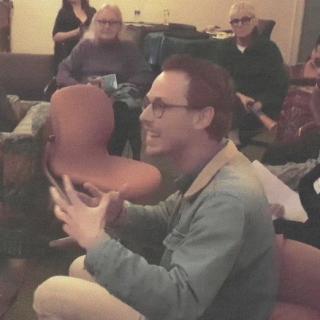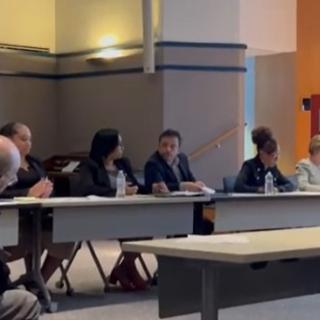If approved at the August 2 special election, Issue 1 will end Columbus’ seven-member city council whose members are all elected citywide (i.e., “at large”). Replacing it will be a council consisting of 10 members elected from districts of the city and 3 elected citywide.
The present system was designed over a hundred years ago for a city less than a fourth of Columbus’ present size. The reform would make council’s structure consistent with what’s used by virtually every other large American city.
Issue 1 opponents are ignoring the present system’s problems and the changes the reform would bring. They’re hoping voters will too.
A currently divided city
Opponents say districts would divide the city and pit neighborhoods against each other. They ignore, however, that the present system has produced this very result by favoring certain areas and neglecting others.
Many areas of the city have been left far behind. A 2015 report said Columbus is the country’s second most economically segregated large city. A 2013 study said children living in poverty in Columbus are among the least likely in the nation to escape it. Some Columbus neighborhoods have unemployment rates of over 15%. Some have infant-mortality rates at the levels of Third World countries.
Proponents of Issue 1 say the city’s present divisions would be lessened if the neglected areas had a council member who could make their needs known at City Hall. They believe council would be less willing to ignore an area whose elected representative is sitting among them as an equal and making a case for fair treatment of its residents.
An unresponsive and unaccountable city council
Opponents also claim that having seven council members elected citywide requires members to represent the entire city and enables all Columbus residents to hold them accountable. But opponents haven’t explained why this hasn’t happened for the neglected areas.
In a recent blog post favoring Issue 1, former Hilltop Area Commission member Pari Sabety referred to council’s lack of concern for neighborhoods: “I can assure you that the fate of neighborhoods is a long distance from the attention of a solely at-large city council. I urge people to consider the merits of a more democratic, representative system. . . .”
Issue 1 proponents note that with seven citywide council members responsible for over 200 neighborhoods, it’s impossible for each member to be familiar with all of them, inevitably resulting in some areas being ignored. And if the members have enough political support from certain neighborhoods, they have no reason to fear neglecting many others.
In practice, the neglected neighborhoods have neither been represented on council nor able to hold anyone accountable. Proponents say district representation will remedy this by giving all areas a council member who resides there, knows its problems, and can be held responsible by the residents for making sure City Hall considers their interests.
A city council too focused on wealthy special interests
Although neglected neighborhoods have extreme difficulty getting attention from city council, big-money interests don’t. The high costs of running citywide cause council candidates to seek out wealthy donors for support and cater to them in office.
The recent Redflex bribery scandal revealed that as city council president, Andrew Ginther solicited the company for a $20,000 campaign contribution. Redflex’s lobbyist, John Raphael, laundered the money to Ginther’s campaign and made statements causing his client to think the payment was a bribe. Ginther and the rest of council later awarded Redflex a four-year contract extension.
In defending his solicitation of the city contractor, Ginther made his act sound typical by saying one of his responsibilities as council president was to raise campaign funds for other members. And he defended his relationship with Raphael by saying, “there’s probably 30 lobbyists that I deal with somewhat on a frequent basis.”
Neglected neighborhoods got nothing like that attention from Ginther during his ten years on council. He expressed amazement about learning of the poor conditions of two of them while running for mayor, saying, “You would wonder what city you are in.” He apparently was too busy fundraising and dealing with lobbyists to notice those blighted areas in his capacity as a council member.
Critics give other examples of council’s excessive focus on wealthy campaign donors. They cite the $250 million of public funds used to bail out Nationwide Arena and benefit four of the richest families in central Ohio. They point to council providing millions in tax abatements for developers and employers who fund local political campaigns.
Supporters of Issue 1 say that because the costs of running for a district seat will be lower than running citywide, council will be less concerned about pleasing wealthy donors and more responsive to the neighborhoods that elect them.
Consider all sides before voting
To continue their influence over the present system and their receipt of lucrative benefits from it, big-money interests in Columbus are bankrolling an anti-Issue 1 campaign that gives voters a misleading and incomplete picture.
Columbus residents should not rely on what those vested interests claim but obtain the whole story before deciding whether to vote yes on Issue 1’s reforms.
Progressive activist Joe Sommer is a retired attorney from Ohio Bureau of Workers’ Compensation



